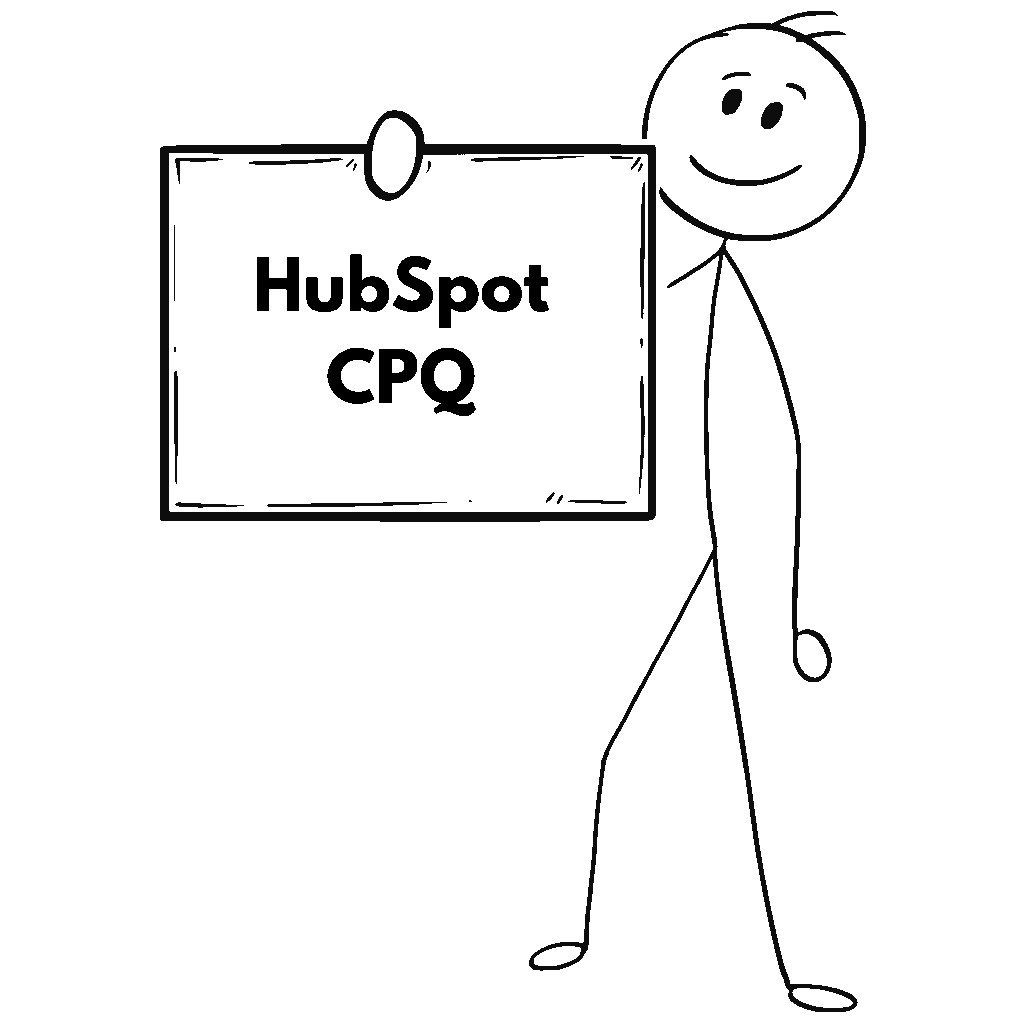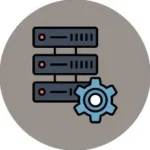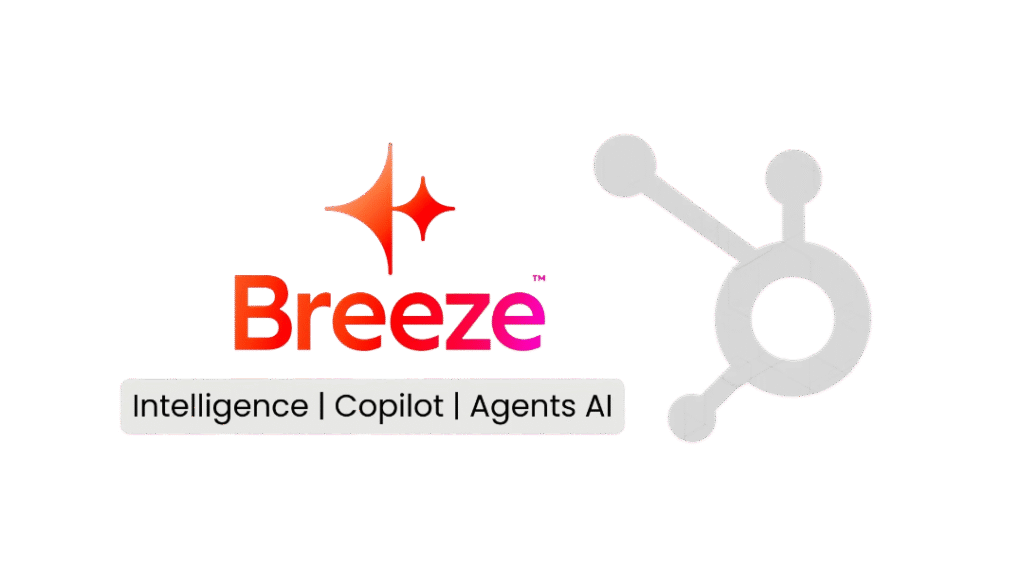Understanding CPQ in HubSpot
When it comes to modern sales, speed and accuracy are everything. This is where CPQ (Configure, Price, Quote) tools come into play. HubSpot offers an easy-to-use quoting system that allows businesses to quickly configure products, set pricing, and send professional quotes. Let’s walk through what a CPQ in HubSpot looks like and why it matters.
CPQ stands for:
Configure → Choose the right mix of products/services for a client.
Price → Apply discounts, recurring billing, and taxes with accuracy.
Quote → Generate and send a professional quote to clients for approval and e-signature.

How CPQ Works in HubSpot
1. Set Up Products & Services
Businesses add their products or services inside HubSpot with details like price, SKU, and description.
2. Create a Deal
When a new opportunity is identified, sales teams create a deal in HubSpot and link products/services.
3. Generate a Quote
From the deal record, a quote document can be generated. This includes branding, pricing, terms, and even payment options.
4. Share & Track
Quotes can be shared as a link. HubSpot tracks when customers open, view, or sign them, giving sales teams valuable insights.



Benefits of HubSpot CPQ
Saves time – No need to manually draft proposals.
Increases accuracy – Pricing errors are reduced.
Improves professionalism – Clean, branded documents make a strong impression.
Closes deals faster – E-signature and payment integration simplify the buying process.
ROI Calculator: How Much Can CPQ Save Your Business?
Time Savings → How many hours are saved per quote with automation.
Error Reduction → Fewer pricing errors reduce revenue leakage.
Deal Velocity → Faster quoting = shorter sales cycle.
Revenue Uplift → Upsells & cross-sells built into CPQ recommendations.
Example: If your team sends 100 quotes/month and saves 30 minutes each, that’s ~50 hours saved monthly, directly boosting productivity.

Quick View on Difference between Legacy CPQ Vs Updated/AI-Powered CPQ
|
Aspect |
Legacy CPQ / Quotes |
Updated / AI-Powered CPQ (Commerce Hub + Cacheflow) |
|
Quote generation |
Manual setup of quote templates, manual selection of product line items, pricing, etc. Requires more user input and work. |
Automatically draft quotes based on conversation + deal context (AI assists). Quicker quote generation with intelligent defaults. |
|
Approval workflows |
More basic or manual approval setup; may require manual checks or custom workaround to enforce approvals. |
Flexible approvals: routing quotes to the right approvers based on custom criteria. More automation in the approval process. |
|
Product configuration / bundling |
Fixed product line items; less flexibility in creating complex bundles or tiered pricing. Customizations required. |
New Product Builder: supports simple fixed-price items, but also complex, tiered structures, bundles. More configurability. |
|
Engagement & Buyer Visibility |
Quotes mostly shared by email or PDF; less visibility into buyer behavior (e.g., whether quote was viewed, shared). |
Quote Engagement features: alerts / notifications when prospects view or share quotes. Helps sellers follow up more intelligently. |
|
eSignature / Payments / Billing Integration |
Legacy had eSignature and payments but in more limited form; integrations may have needed external tools. Billing & payments maybe less smoothly integrated.(Eg: Docusign) |
Stronger integration with billing & payments; subscription billing (Cacheflow), improved quote-to-cash capabilities. More seamless experience from quote through payment. |
|
AI / Automation |
Mostly manual or some workflow automations; less AI assistance. Templates, data entry, etc. were more manual. |
AI-powered drafting of quotes; automation in approvals; enhanced insights (e.g., contextual prompts, suggestions). |
|
Sunsetting & Onboarding |
Legacy Quotes tool remains in place for older portals; new ones would start with legacy unless changed. Limited growth in feature enhancements. |
For new portals (after a certain date), legacy Quotes won’t be available — they’ll begin with the updated CPQ. That means updated features and newer toolsets by default. |
|
Customization & Flexibility |
Template customization possible but somewhat limited; product library less flexible; users might need coding or custom modules for advanced needs. |
More customization, product library enhancements; more flexible product catalog, bundling, tiered pricing; approvals based on rules; AI automations. |
|
Data & Insights |
Less granular visibility into quote engagement; less AI/insights built-in. |
Improved tracking of quote engagement; data-driven decision tools; better integration with Smart CRM to surface context. |
Final Takeaways:
AI-powered CPQ represents the next evolution in sales automation, blending intelligence with efficiency. By leveraging predictive insights, automated pricing recommendations, and streamlined approvals, it eliminates manual bottlenecks and ensures accuracy across every quote. For businesses, this means faster deal cycles, improved customer experiences, and more consistent revenue outcomes—making AI-powered CPQ not just a tool, but a strategic advantage in modern sales.